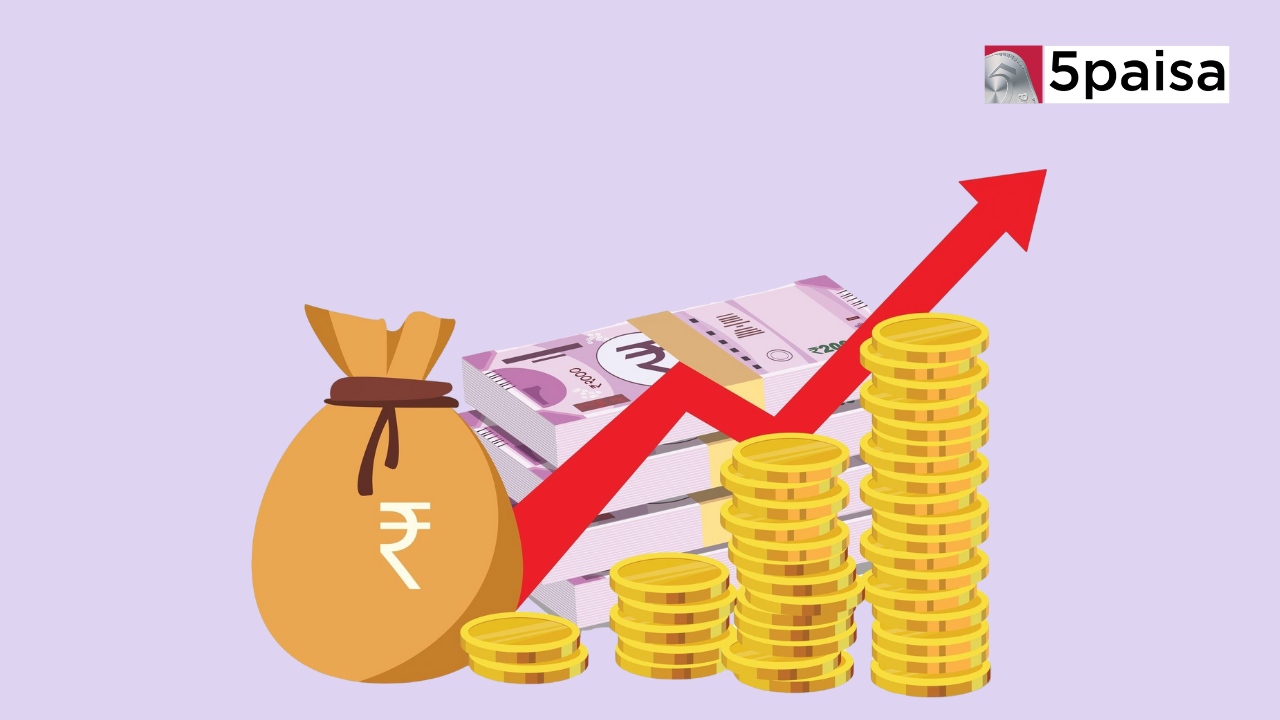3 Technologies Disrupting Finance in 2025: AI, Blockchain & Big Data Revolution
SIP vs STP - Which Is Better Investment

When it comes to investing in mutual funds, two popular options that often come up are Systematic Investment Plans (SIP) and Systematic Transfer Plans (STP). SIP and STP offer a disciplined and strategic approach to investing, but they work in different ways. As an investor, you might wonder which is better suited for your financial goals - SIP or STP?
What Is A SIP (Systematic Investment Plan)?
A Systematic Investment Plan, popularly known as an SIP, is a method of investing in mutual funds in which you contribute a fixed amount of money at regular intervals, such as every month, quarter, or week.
It's like putting aside some of your monthly income towards your investment goals. For example, instead of investing a large sum of ₹1,20,000 in one go, you could choose to invest ₹10,000 per month for a year through an SIP, depending on your financial goals and pocket. To make smarter and more informed investment decisions, investors often rely on tools like a sip calculator.
What Is An STP (Systematic Transfer Plan)?
A Systematic Transfer Plan or STP is a facility offered by mutual funds that allows you to periodically transfer a fixed amount of money from one mutual fund scheme to another within the same fund house.
Typically, investors use STP to gradually transfer money from a debt to an equity fund. This is especially useful when you have a large sum of money to invest but are unsure of entering the equity markets in one go due to high volatility or overvaluation concerns.
How Does SIP and STP Work?
Let's understand the workings of SIP and STP with an example of each.
● SIP Example: Anjali wants to start investing for her retirement. She invests ₹5,000 monthly in an equity mutual fund through SIP. Every month, on a fixed date, ₹5,000 will be automatically debited from Anjali's bank account and invested into her chosen fund. This way, Anjali invests a total of ₹60,000 over a year without having to time the market. A systematic investment plan calculator helps individuals estimate the future value of their monthly investments by considering factors such as investment amount, duration, and expected return rate.
● STP Example: Rajesh has received a bonus of ₹5,00,000. He wants to invest this amount in an equity fund but is worried about market volatility. Instead of investing the entire amount in one go, he chooses to park it in a liquid fund and then set up a ₹50,000 per month STP into an equity fund of his choice. This way, Rajesh systematically transfers his money over 10 months, reducing the risk of entering a market peak.
Differences Between SIP and STP
While both SIP and STP involve periodic investments, there are some key differences between the two:
| Factors | SIP (Systematic Investment Plan) | STP (Systematic Transfer Plan) |
| Method | Investment method to help invest systematically. | Transfers invested money from one scheme to another within the same fund house. |
| Investment Sum | Fixed amount of money invested on fixed frequencies over a long period. | Used to invest a lump sum in an equity fund while avoiding volatility. |
| Source of Investment | Comes from your bank account. | Comes from another mutual fund, typically a debt fund. |
| Purpose | Helps build wealth over the long term by investing a fixed sum regularly in a single scheme. | Manages risk by transferring money from one scheme to another (typically from debt to equity) in a staggered manner. |
| Taxation | Each investment is treated as a fresh purchase, and only redemption of units is taxable. | Each transfer is treated as a redemption from the source scheme and a purchase in the target scheme, which may result in capital gains tax liability. |
| Suitability | Suitable for regular investments from income to meet long-term goals. | Suitable for those who want to invest a lump sum but spread the risk of entering volatile markets like equity. |
| Pros | Easy Investment Rupee Cost Averaging Disciplined Investing Power of Compounding |
Risk Averaging Systematic Approach Staggering Lump Sum Investment Reinvestment Option |
Which Investment Strategy Is Better: SIP or STP?
Now that we understand how SIP and STP differ, the big question is: Which one should you choose? The answer, as with most investment decisions, depends on your specific situation and goals.
When SIP might be better:
1. If you have a regular income and want to invest a portion of it consistently
2. If you are investing for the long term (5+ years) to meet goals like retirement
3. If you want to cultivate a disciplined investing habit without worrying about market levels
When STP might be better:
1. If you have a large sum of money to invest but are unsure of market conditions
2. If you want to shift from lower-risk debt to higher-risk equity investments gradually
3. If you want to allocate across asset classes based on market situations tactically
However, these are not hard and fast rules. You could combine SIP and STP as part of your overall financial plan. For instance, you could invest your surplus money in a debt fund through SIP and periodically transfer a portion of it to an equity fund through STP.
Ultimately, whether you choose SIP, STP, or both, what matters is that you invest regularly, stay invested for the long run, and align your investments with your risk appetite and financial goals.
Both SIP and STP are effective tools that can help you navigate the market's ups and downs and create wealth over time. The key is to start early, invest consistently, and let the power of compounding work its magic.
Conclusion
In the debate of SIP vs STP, there is no one-size-fits-all answer. Both are disciplined investment strategies that can help you manage risk and generate returns over the long term. SIP is a great option to invest regularly from your income. At the same time, STP is useful when you have a lump sum that you want to deploy systematically. Ultimately, the choice between SIP and STP depends on your financial situation, risk appetite, and investment objectives. By understanding how each one works and consulting with a financial advisor, you can make an informed decision and take a step closer to achieving your financial dreams.
Frequently Asked Questions
Are there any tax implications associated with SIP and STP?
What are the minimum investment amounts required for SIP and STP?
What are the risks associated with SIP and STP?
Like any investment in mutual funds, SIP and STP carry market-linked risks. The value of your investments may fluctuate based on market conditions, and there is no guarantee of returns. In SIP, the primary risk is that you may invest at higher levels during a prolonged market downturn. In STP, the key risk is that the debt fund from which you are transferring may also experience volatility or credit risk. As an investor, assessing your risk appetite, investing in high-quality funds, and maintaining a well-diversified portfolio is crucial.
- Flat ₹20 Brokerage
- Next-gen Trading
- Advanced Charting
- Actionable Ideas
Trending on 5paisa
Personal Finance Related Articles
Disclaimer: Investment in securities market are subject to market risks, read all the related documents carefully before investing. For detailed disclaimer please Click here.

 5paisa Capital Ltd
5paisa Capital Ltd




